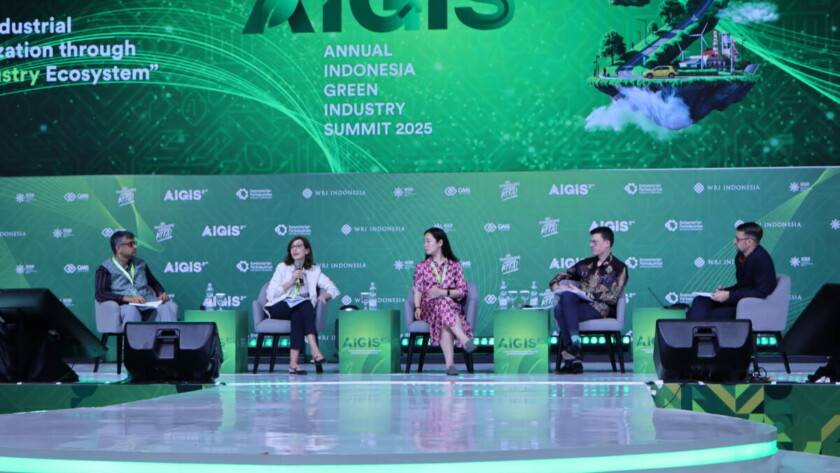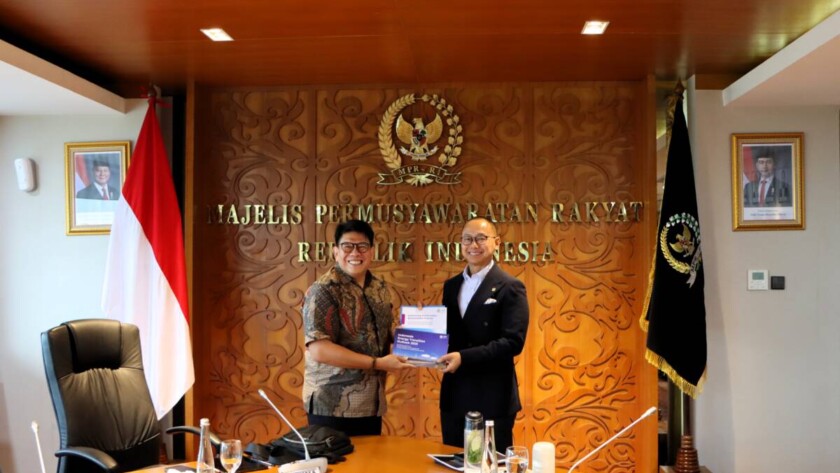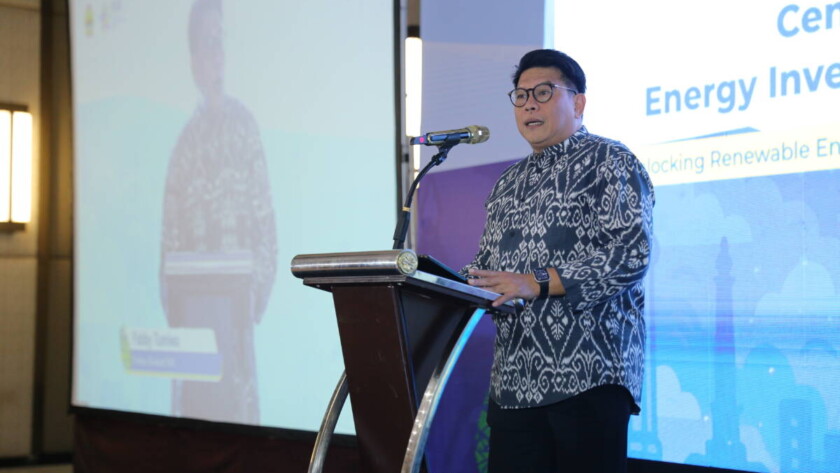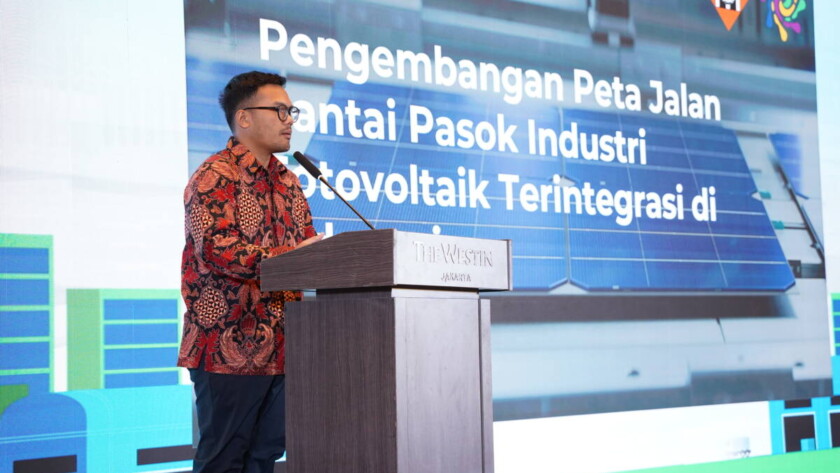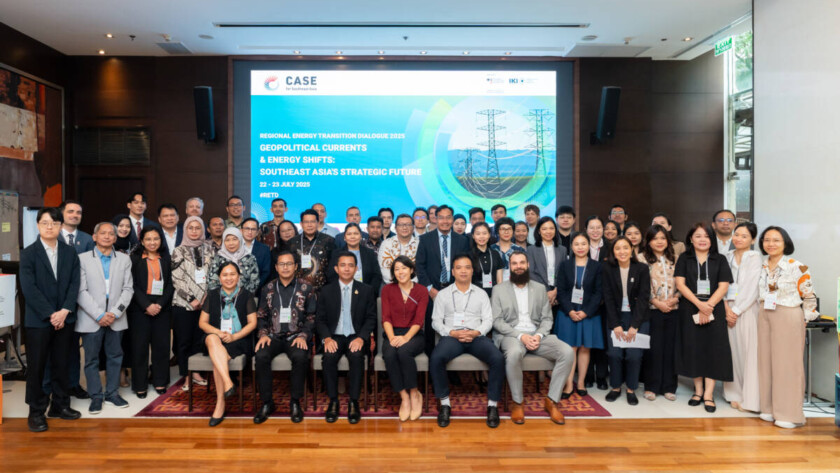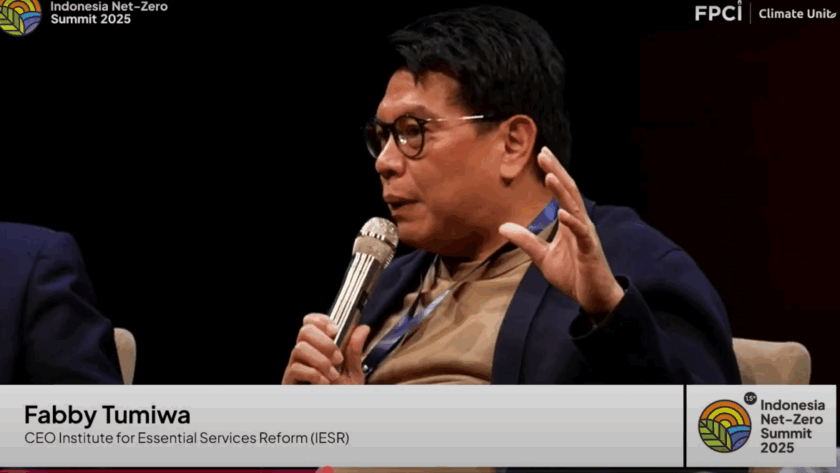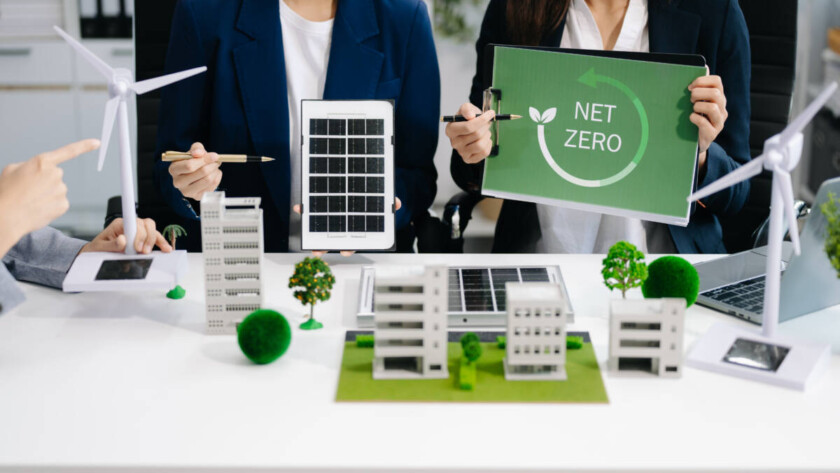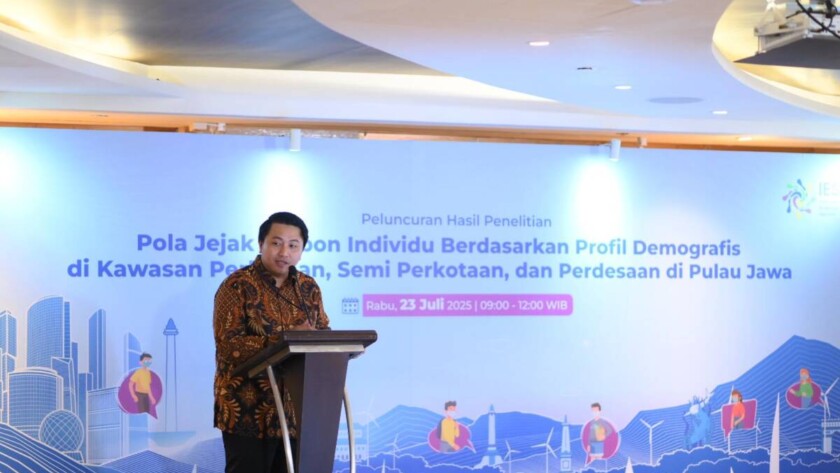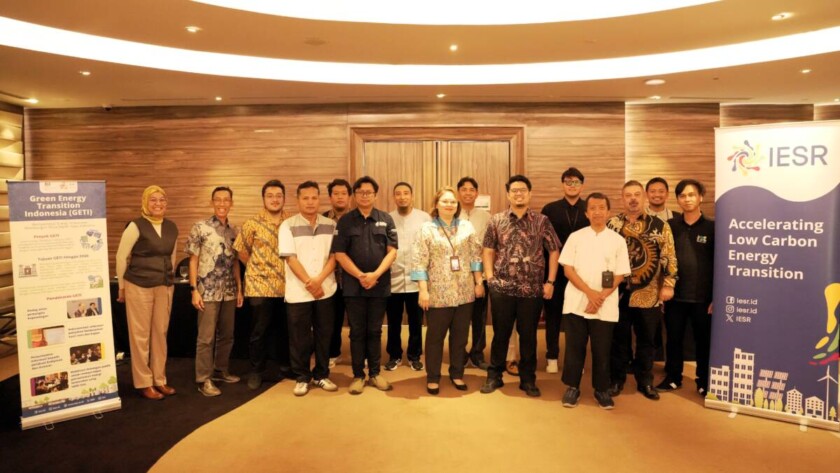Jakarta, August 20, 2025 – The industrial sector is a main pillar of the national economy in 2025, with the processing industry’s contribution to the Gross Domestic Product (GDP), reaching 16.92%. The growth of the manufacturing sector increased by 5.60% year-on-year, surpassing the national economic growth rate of 5.12%. Throughout the first semester of 2025,…
